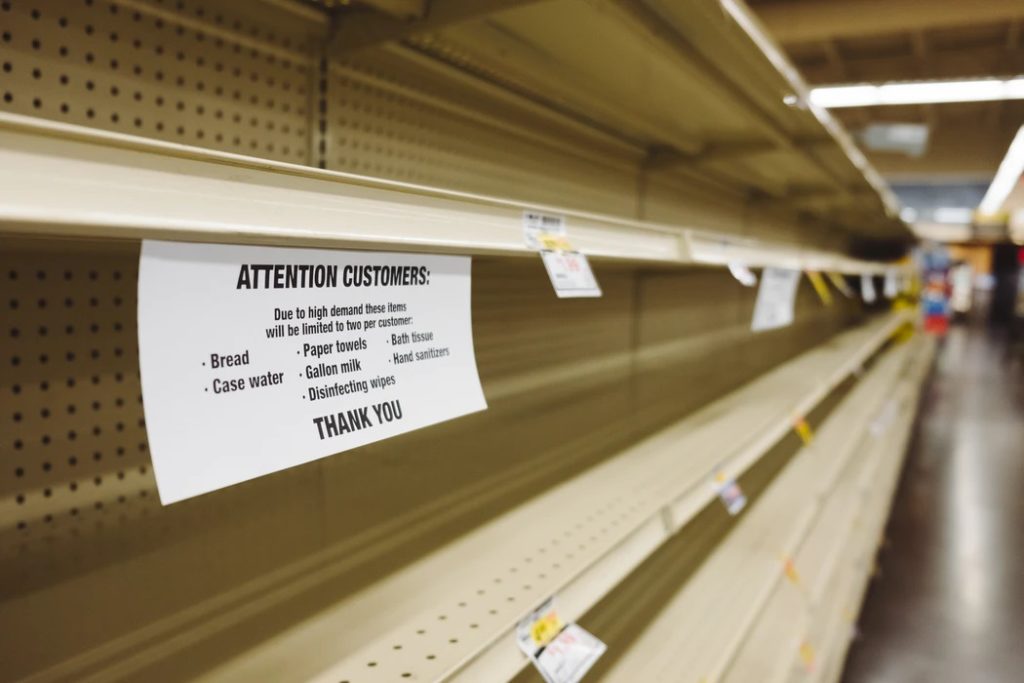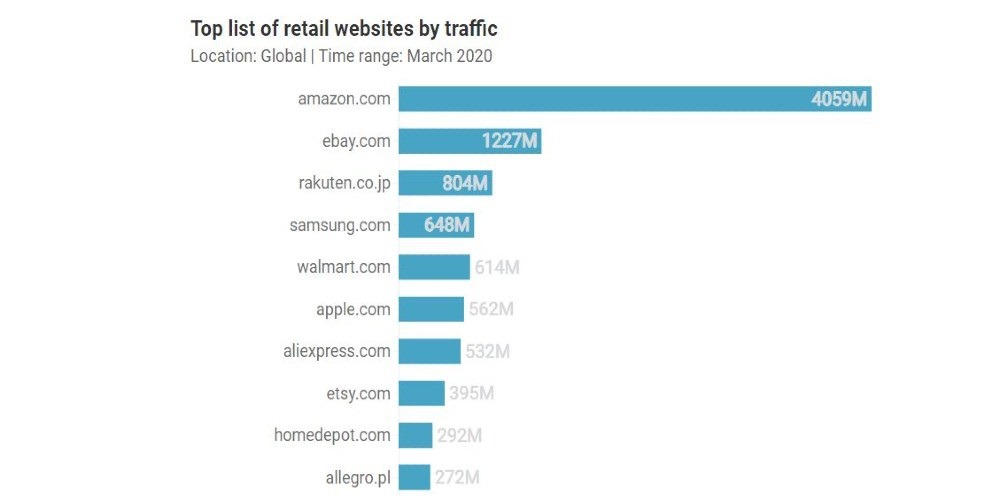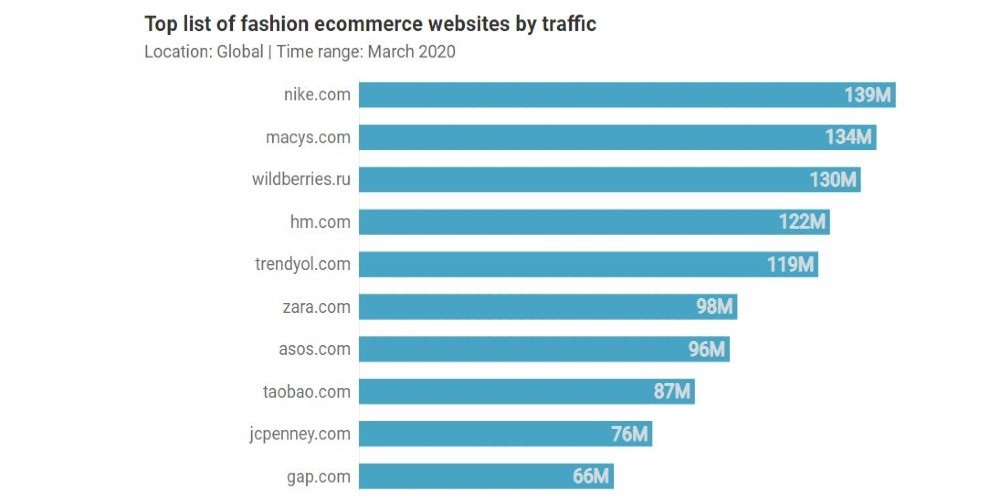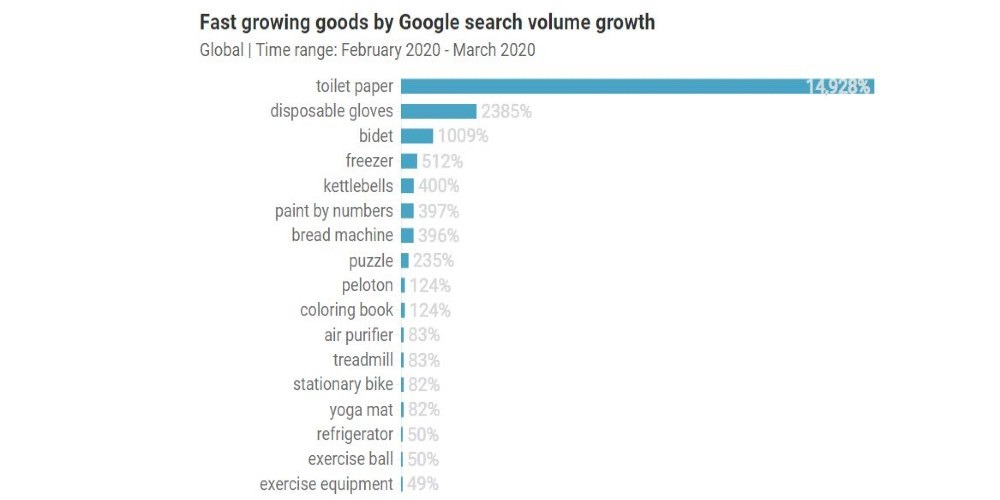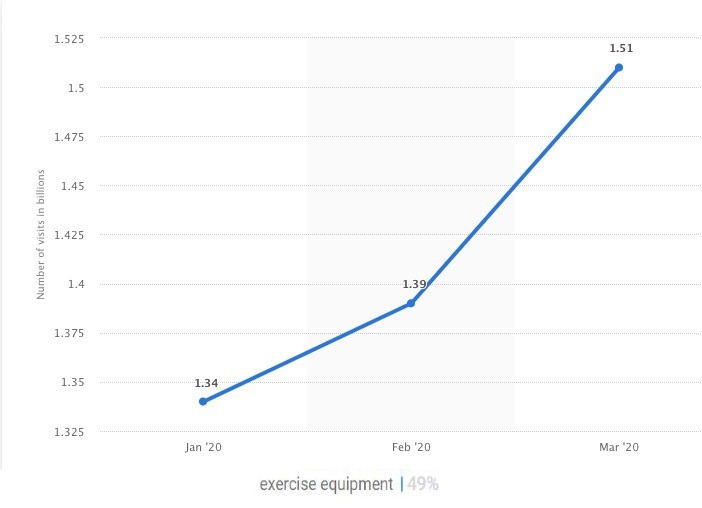Businesses will never be the same — not after the virus is gone.
Welcome to the new (ab)normal.
America, for example, lost about 22.2 million jobs in March 2020 alone.
Business owners continue to adapt to the unrelenting coronavirus pandemic challenges as they try to survive.
However, the effect has gone beyond businesses to alter user behavior as well. One survey showed 52 percent of consumers try to keep their distance as they shop in-store.
The coronavirus pandemic has affected the quality of life. Hence, people have learned to adjust their activities to match the restrictive, new way of life.
The effect of the pandemic on public health has influenced a surge in business trends. Consumers are now gravitating away from in-store shopping towards ecommerce.
This article shows five traffic trends that the coronavirus pandemic has caused and how your business can adapt to it.
Coronavirus Impact on Ecommerce Industries
Since people are wary of growing health concerns, they avoid unnecessary trips and opt for shopping online.
The drop in foot traffic has led brick-and-mortar businesses to seek viable options to fit into the “new normal.” Different consumer industries are witnessing an increase in demand and higher web traffic on the internet.
Let’s look at the industries experiencing a good surge in traffic amidst the global coronavirus crisis.
Retail Industry
Traffic in the retail industry increased by six percent.
Some offline stores like Macy’s and JC Penney witnessed a drop in sales. Albeit, brands like Amazon, eBay, Aliexpress, Walmart, and Apple recorded a surge in sales and online traffic.
The increase here came from the never-ending demand for everyday necessities like groceries. Some stores go as far as placing a limit on the items that customers can buy.
Popular brands like Amazon and eBay are scaling through this crisis.
Thankfully, smaller brands can plug into this new trend by going above and beyond their traditional modus operandi. Brands that focus on engagement can anticipate new opportunities that appeal to their audience.
Image Credit: Semrush
Fashion Industry
Traffic in the fashion industry increased by five percent.
The fashion industry faced an existential crisis at the peak of the coronavirus. Though the crisis caused a global shutdown in local fashion stores, consumers found a way around it.
Out of health concerns, consumers have increased their demand for sport and fitness apparel for exercise. Popular sports fashion brand, Nike, recorded 139 million in on-site traffic in March 2020 due to this.
Image Credit: Semrush
Unlike essential products, fashion products do not go off the shelf, but they go out of style. To mitigate losses, street retailers and luxury brands offered discounts on activewear. These include children’s wear and loungewear.
Health Ecommerce Industry
Traffic in health ecommerce increased by nine percent.
While there was a surge in search intent for health tips and precautions on coronavirus, people also increased their demands for health ecommerce products.
Walgreens, Rite Aid, and CVS recorded higher traffic, as more consumers had a growing demand for health essentials like toilet papers and disposable gloves.
Image Credit: Semrush
Home Decor and Furnishing Industry
Traffic in the decor and furnishing industry increased by seven percent.
At the peak of the coronavirus crisis, people adapted to working from home. This change in work setting backed the increase in consumer demand for home decor.
Overall, online platforms actively selling home decor and furniture products recorded up to 1.7 billion visits inMarch 2020. This value shows a seven percent increase from 1.56 billion in January of the same year.
Books and Literature Ecommerce Industry
Traffic in the books and literature industry increased by 16 percent.
Screenshot from Statista
The education ecommerce category had an influx of site traffic due to students staying and studying at home.
Online book stores recorded 1.51 billion web visits in March 2020. The worldwide lockdown was responsible for this occurrence, causing people to seek other ways to keep themselves busy.
Now, schoolers have to rely on virtual classes till things get back to normal.
How Businesses Should Respond
You should know by now that the bulk of businesses affected by the crisis are mostly brick-and-mortar stores. So, if you’re a small-to-medium-sized business, get your business online.
Here’s what we recommend.
Build a Simple Website
Your website can serve as a focal point for your business. It doesn’t have to be something complex. You can get an expert to help you build a simple website to get you started.
Albeit, if you intend to make it a DIY project, you need a website builder and good web hosting.
As you build your website, be sure to optimize your pages for faster load speed, as a 100-millisecond delay can plunge your conversion rates by seven percent!
Optimizing your website will also increase your chances of ranking high in SERPs.
Create or Update Your Google My Business Page
In this period, you want to leverage the advertising and marketing strength of Google.
When you create a Google My Business page, you can show your business’s latest information.
If the pandemic affected your business operations, follow Google’s guidelines to update your account. This way, existing and new customers can locate you on the internet through Google search and Google Maps.
Sell and Promote Your Products on Multiple Channels
Google Shopping, Amazon, Aliexpress, Instagram Business, eBay, and Facebook Shopping are great places to begin.
Social media, review forums, and testimonials can also put you out there and make sure you get noticed.
Consider creating a Google Merchant Center account to sell your products, too. To make things easier, use automated feeds to build and keep your product data updated on google.
Be Active on Social Media
You have to do more than posting randomly on social media this period. Customers hoping to purchase your products will look for updates on your social media pages and website.
New and existing customers expect updates on your social media pages. Hosting interactive sessions and engaging your audience also opens you up to opportunities to leverage as you adapt to the crisis.
Wrap Up
The unrelenting coronavirus pandemic is rocking the global economy. Albeit, businesses that moved to ecommerce businesses are able to stay afloat.
These trends have shown the dynamics of consumer behavior. It’s now up to you as a business owner to respond accordingly.
The coronavirus may have affected business as we know it. But, taking your store online is a step in the right direction.


